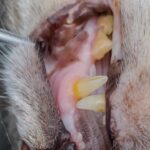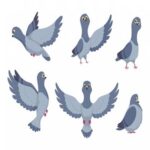Parvo virus, commonly known as canine parvovirus (CPV), is a highly contagious viral infection that affects dogs, particularly puppies and young dogs. There are two main types of parvoviruses that affect dogs: CPV-2a and CPV-2b. The virus mainly affects rapidly dividing cells in the dog’s body, particularly in the intestinal lining, bone marrow and lymphatic tissue.
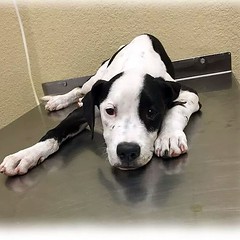
Symptoms:
- Severe vomiting
- Diarrhea, often bloody
- Lethargy and weakness
- Loss of appetite
- Dehydration
- Fever
- Abdominal pain
Transmission:
parvovirus is highly contagious and can be transmitted through direct contact with infected dogs or through contact with their feces . The virus is robust and can survive in the environment for months, facilitating dog-to-dog transmission. It can also be worn on clothing, shoes and other items, allowing for indirect transfer.
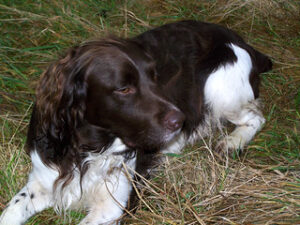
Treatment Of Parvo Virus:
There is no specific cure for parvovirus, so treatment is mainly supportive and focused on treating symptoms. These may include intravenous fluids to combat dehydration, medications to control vomiting and diarrhea, and antibiotics to prevent secondary bacterial infections. Because the virus weakens the immune system, sick dogs are more susceptible to other infections.
Prevention Of Parvo Virus:
Vaccination is the most effective way to prevent canine parvovirus infection. Puppies should be given a series of vaccinations from six to eight weeks of age, with booster shots given at regular intervals. It is also important to avoid contact with infected dogs or contaminated areas and to practice proper hygiene practices such as disinfecting objects and clothing can help prevent the spread of the virus.
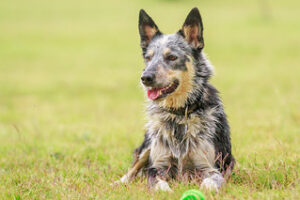
Suggestion:
If you suspect your dog has parvovirus it is very important to seek immediate veterinary care as early as diagnosis and supportive treatment can greatly increase the chances of recovery. If you suspect your dog is infected, you should isolate them and maintain difference with other dogs and contact your veterinarian immediately to prevent spreading the virus to other dogs in the area.
Visit For More Diseases: How Rabies Virus effect Pets and Human
Must Visit For More: Why Grooming is essential for Pets
FAQ’s:
What is parvovirus and which animals does it affect?
Parvovirus is a viral infection that primarily affects dogs, especially puppies and young dogs. It is caused by the canine parvovirus (CPV) and primarily affects rapidly dividing cells in the dog’s body, including the intestinal lining, bone marrow and lymphatic tissue.
How is parvovirus transmitted between dogs?
Parvovirus is highly contagious and can be spread from dog to dog through direct contact with infected dogs or their feces. Transmission can also occur indirectly via contaminated objects, clothing and surfaces. The virus is resistant and can survive in the environment for a long time.
What are the symptoms of parvovirus in dogs?
Symptoms of parvovirus in dogs include profuse vomiting, diarrhea (often with blood), lethargy, loss of appetite, dehydration, fever, and abdominal pain. The disease can progress rapidly and be life-threatening, especially in young or unvaccinated dogs.
Can parvovirus be treated or cured?
There is no specific cure for parvovirus, but early diagnosis and prompt, intensive supportive treatment can greatly increase the chances of recovery. Treatment usually includes IV fluids, drugs to control vomiting and diarrhea, and antibiotics to prevent secondary infections. The dog’s immune system also plays a key role in fighting the virus.
How can I prevent parvovirus in my dog?
Vaccination is the most effective method of preventing parvovirus in dogs. Puppies should be given a series of vaccinations from six to eight weeks of age, with booster shots given at regular intervals. Avoiding contact with infected dogs and contaminated areas, as well as following good hygiene practices such as disinfecting objects and clothing, can help prevent the virus from spreading.
Must Visit: vetpomedix.com

